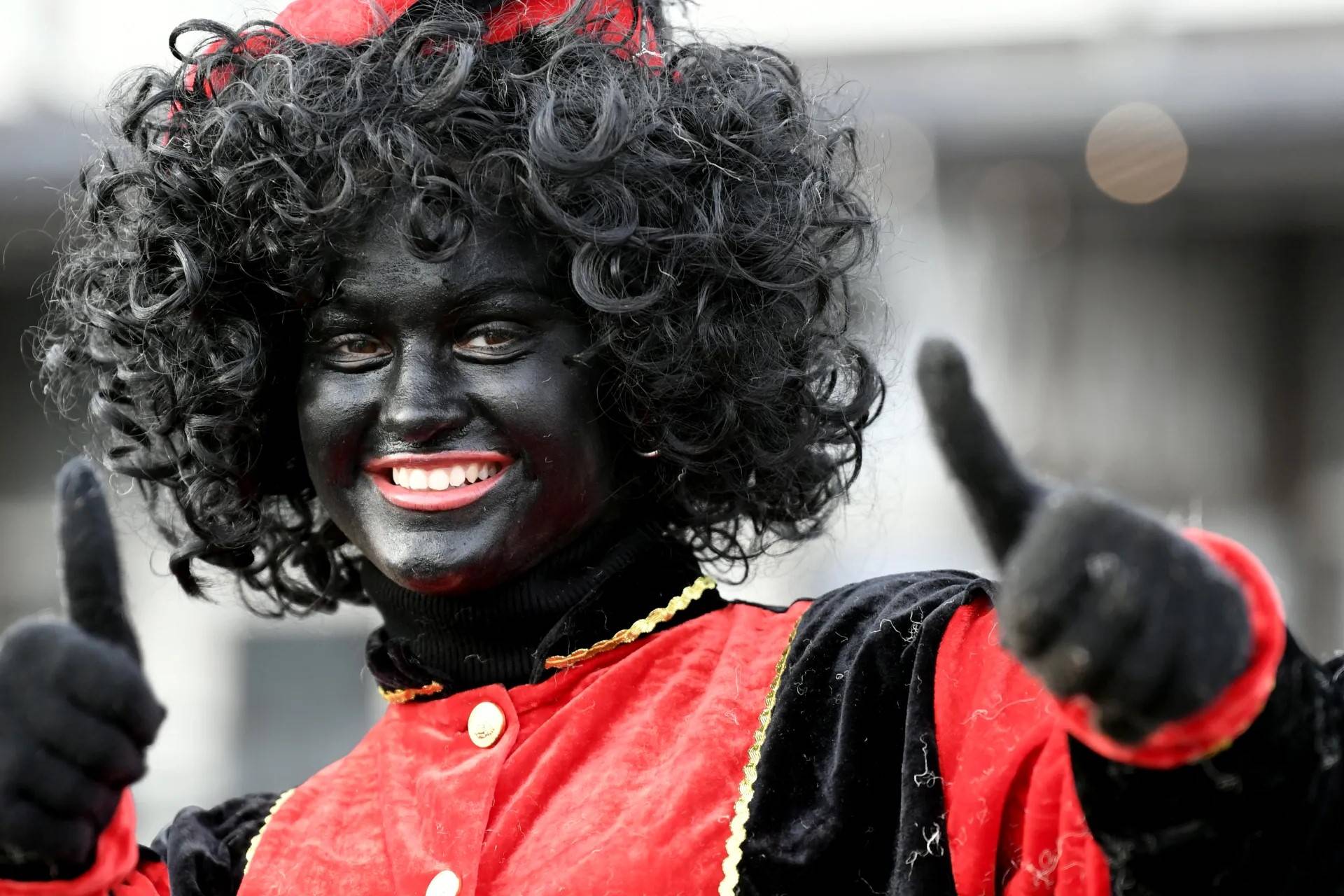
Black Pete, known as Zwarte Piet in Dutch, is a character deeply rooted in Dutch and Belgian holiday traditions. Originating in the 19th century, Black Pete is often depicted as a companion to Sinterklaas, the Dutch version of Santa Claus. This character has sparked significant debate and controversy due to its portrayal, which many consider racially insensitive. Despite the controversy, Black Pete remains a significant part of the Sinterklaas festivities, celebrated with parades, songs, and sweets. Understanding the history and cultural significance of Black Pete provides insight into broader discussions about tradition, race, and cultural sensitivity in modern society.
Key Takeaways:
- Black Pete is a controversial figure in Dutch folklore, sparking debates about racial sensitivity and tradition. Despite the controversy, efforts are being made to adapt and modernize the character for inclusivity.
- The future of Black Pete is uncertain as society grapples with issues of race and tradition. Younger generations are advocating for change, and global conversations are influencing how other cultures address similar issues.
Who is Black Pete?
Black Pete, or Zwarte Piet, is a character from Dutch folklore. He is known as the companion of Sinterklaas, the Dutch version of Santa Claus. Let's dive into some fascinating facts about this controversial figure.
-
Origin Story: Black Pete first appeared in a book by Jan Schenkman in 1850. He was depicted as a Moorish servant.
-
Sinterklaas' Helper: Black Pete helps Sinterklaas deliver gifts to children on December 5th, known as Sinterklaasavond.
-
Appearance: Traditionally, Black Pete is portrayed with blackface makeup, curly wigs, and colorful Renaissance attire.
-
Chimney Explanation: Some say Pete's black face comes from soot while climbing down chimneys to deliver presents.
-
Multiple Petes: Originally, there was only one Black Pete, but now Sinterklaas is often accompanied by several Petes.
Controversy Surrounding Black Pete
The portrayal of Black Pete has sparked significant debate and controversy, especially regarding racial sensitivity.
-
Racial Stereotypes: Critics argue that Black Pete perpetuates racial stereotypes and is offensive to people of African descent.
-
Protests: Protests against Black Pete have taken place in the Netherlands and other countries, calling for the character's transformation.
-
Supporters' View: Some supporters claim Black Pete is a harmless tradition and an essential part of Dutch culture.
-
UN Involvement: The United Nations has weighed in, suggesting that the portrayal of Black Pete could be seen as a "vestige of slavery."
-
Changes in Appearance: In response to criticism, some portrayals of Black Pete now feature soot smudges instead of full blackface.
Cultural Significance
Despite the controversy, Black Pete remains a significant figure in Dutch culture and traditions.
-
Children's Excitement: Many Dutch children eagerly await the arrival of Sinterklaas and Black Pete each year.
-
Parades and Festivals: Parades and festivals celebrating Sinterklaas and Black Pete are held across the Netherlands.
-
Songs and Stories: Numerous songs and stories feature Black Pete, making him a well-known character in Dutch folklore.
-
Educational Aspect: Schools often teach children about the history and traditions of Sinterklaas and Black Pete.
-
Gift-Giving Tradition: Black Pete is responsible for delivering gifts and candy to well-behaved children.
Modern Adaptations
As society evolves, so does the portrayal of Black Pete. Various adaptations have been made to address concerns and keep the tradition alive.
-
Soot Pete: Some communities have adopted the "Soot Pete" version, where Pete's face is smudged with soot rather than painted black.
-
Rainbow Petes: In some areas, Black Pete has been replaced with Petes of various colors, known as "Rainbow Petes."
-
Inclusive Celebrations: Efforts are being made to make Sinterklaas celebrations more inclusive and respectful of all cultures.
-
Media Representation: Dutch media has started to portray Black Pete in a more sensitive and modern manner.
-
Corporate Changes: Some companies have altered their marketing and products to reflect a more inclusive version of Black Pete.
Historical Context
Understanding the historical context of Black Pete can provide insight into why this character has endured for so long.
-
Colonial Influence: The character's origins are tied to the Netherlands' colonial past and interactions with Moorish people.
-
19th Century Views: In the 19th century, Black Pete was seen as an exotic and entertaining figure, reflecting the era's attitudes.
-
Evolution Over Time: Black Pete's role and appearance have evolved over the years, influenced by changing societal norms.
-
Literary Origins: Jan Schenkman's book, "Sint Nikolaas en zijn Knecht," played a crucial role in popularizing Black Pete.
-
Cultural Adaptation: The character has been adapted to fit various regional and local traditions within the Netherlands.
Global Perspective
Black Pete is not just a Dutch phenomenon; his story and controversy have reached a global audience.
-
International Attention: The debate over Black Pete has garnered international media coverage and attention.
-
Diaspora Communities: Dutch diaspora communities around the world also celebrate Sinterklaas and Black Pete, sometimes adapting the tradition.
-
Comparisons to Other Traditions: Black Pete is often compared to other controversial holiday figures, such as Krampus in Central Europe.
-
Tourism Impact: The Sinterklaas and Black Pete celebrations attract tourists, contributing to the local economy.
-
Cultural Exchange: The global discussion about Black Pete has led to cultural exchanges and dialogues about race and tradition.
Future of Black Pete
The future of Black Pete is uncertain, as society continues to grapple with issues of race, tradition, and cultural sensitivity.
-
Ongoing Debates: Debates about Black Pete's portrayal and role in Dutch culture are ongoing and show no signs of stopping.
-
Youth Perspectives: Younger generations in the Netherlands are increasingly advocating for change and inclusivity.
-
Policy Changes: Some Dutch municipalities have implemented policies to change the portrayal of Black Pete in public events.
-
Educational Reforms: Schools are updating their curricula to include discussions about the history and controversy of Black Pete.
-
Artistic Interpretations: Artists and performers are reimagining Black Pete in ways that respect tradition while addressing modern concerns.
-
Community Dialogues: Community dialogues and forums are being held to discuss the future of Black Pete and find common ground.
-
Global Influence: The global conversation about Black Pete is influencing how other cultures address similar issues in their traditions.
The Legacy of Black Pete
Black Pete, or Zwarte Piet, has a rich history filled with both celebration and controversy. Originating from Dutch folklore, this character has been a staple in the Netherlands' Sinterklaas tradition for centuries. However, the portrayal of Black Pete has sparked debates about racial stereotypes and cultural sensitivity. While some view him as a harmless part of holiday festivities, others see the need for change to reflect modern values.
Efforts to modernize Black Pete's image, like replacing blackface with soot smudges, show a shift towards inclusivity. This evolution highlights the importance of balancing tradition with respect for all communities. As society continues to grow and change, so too will the ways we celebrate and honor our cultural heritage. Black Pete's story reminds us that traditions can adapt, ensuring they remain relevant and respectful in today's world.
Frequently Asked Questions
Was this page helpful?
Our commitment to delivering trustworthy and engaging content is at the heart of what we do. Each fact on our site is contributed by real users like you, bringing a wealth of diverse insights and information. To ensure the highest standards of accuracy and reliability, our dedicated editors meticulously review each submission. This process guarantees that the facts we share are not only fascinating but also credible. Trust in our commitment to quality and authenticity as you explore and learn with us.


